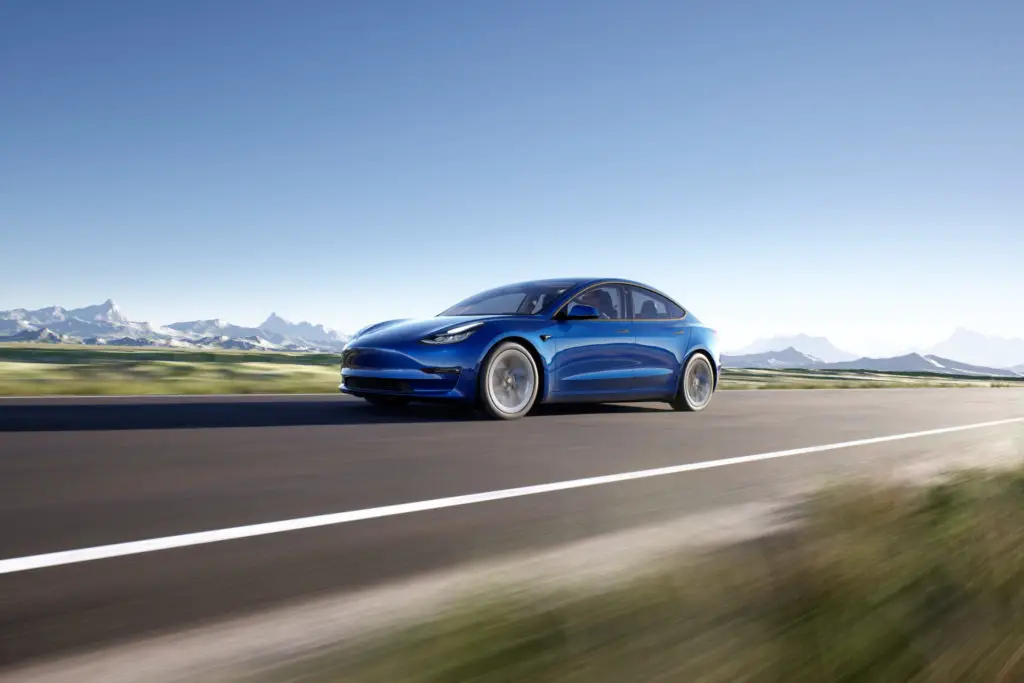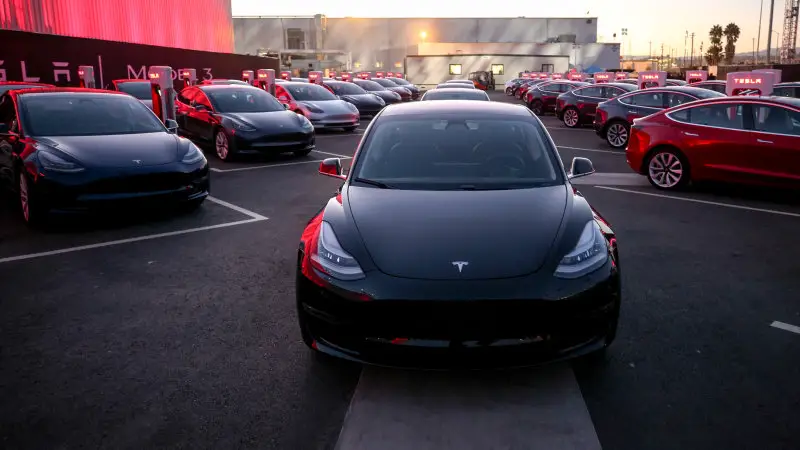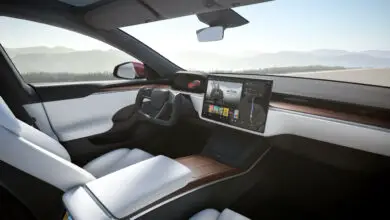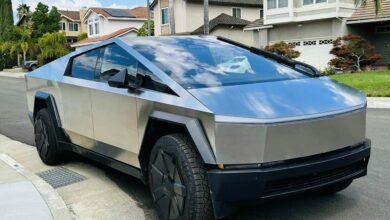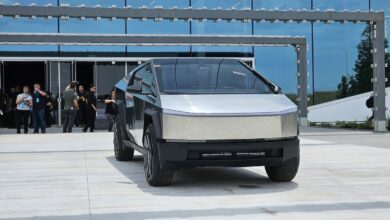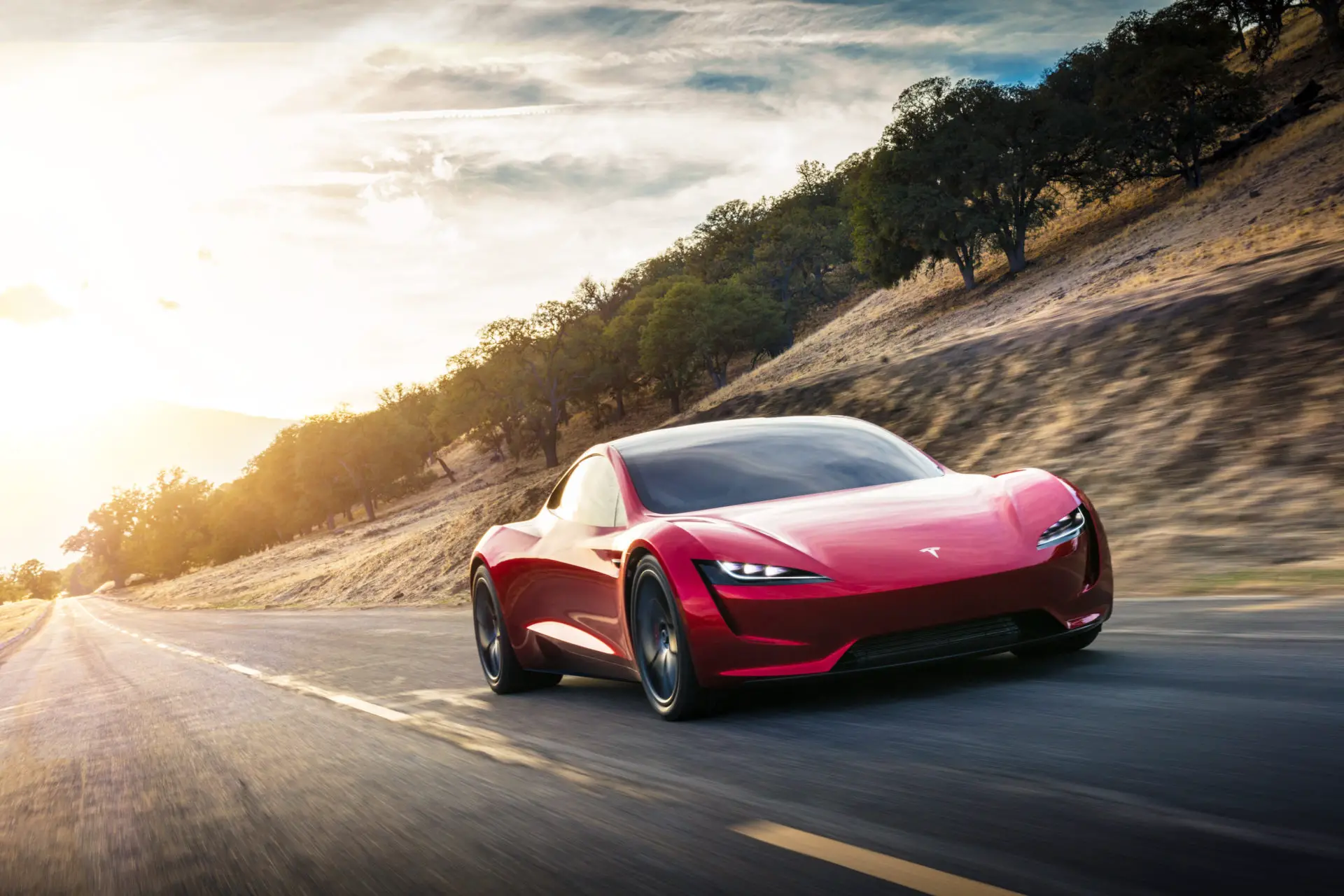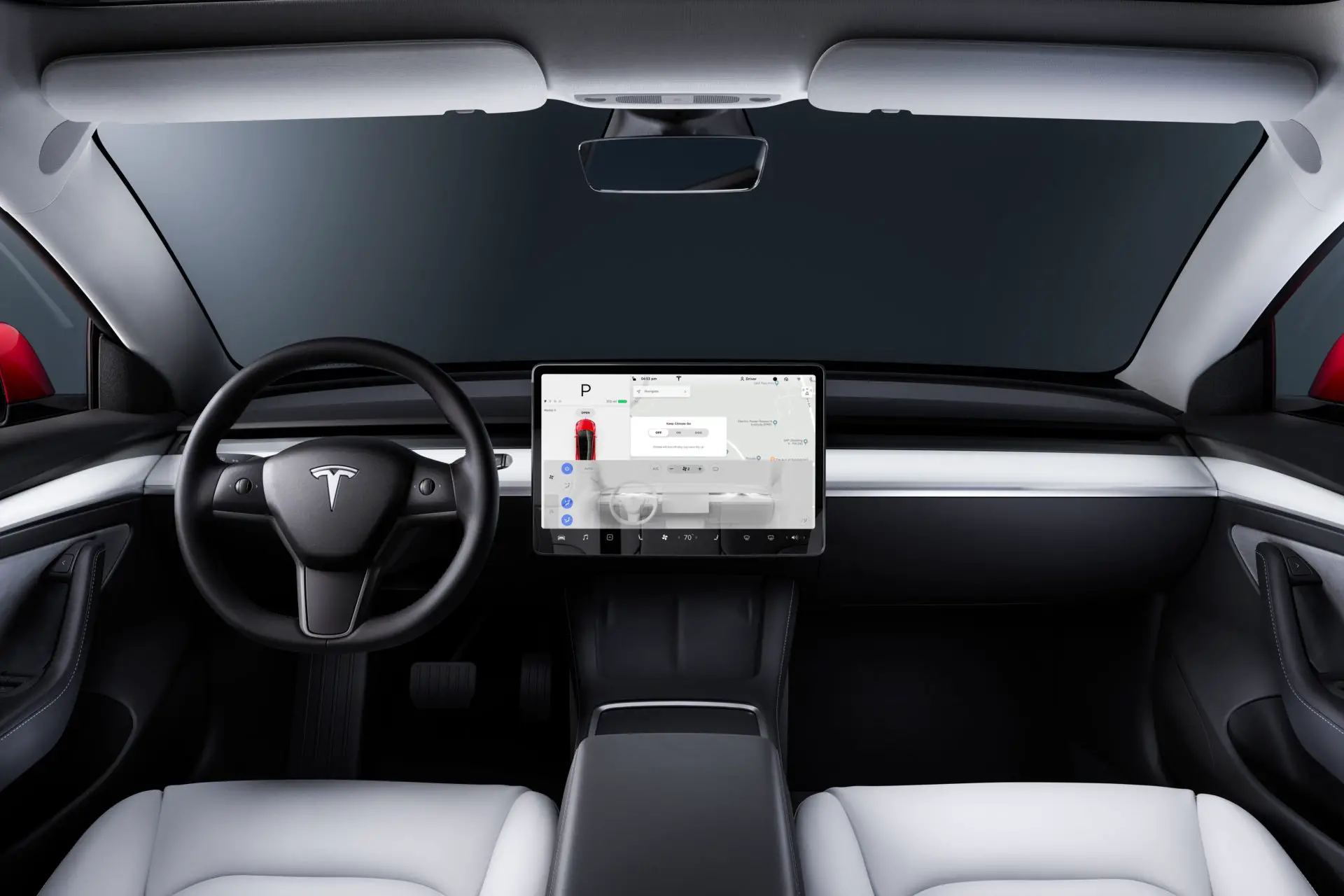
Tesla: Phantom Braking Reported From Latest Autopilot Update
The number of Tesla complaints regarding serious and catastrophic phantom braking incidents has been on the rise as new software upgrades roll out. Phantom braking is a term that refers to when an advanced driver assistance system (ADAS) or self-driving technology applies the brakes for no apparent reason.
The system may mistakenly identify an object on the road or anticipate a collision that will not happen and apply the brakes to avoid it. Obviously, phantom braking is something you don’t want to encounter because if someone follows too closely behind you, it can lead to accidents.
It’s been a part of Tesla Autopilot for quite some time, but it has generally been manageable. There would be only a few events on average. But things have recently gotten far worse for many Tesla drivers, according to reports.
Tesla temporarily withdrew a new version of its Full Self-Driving (FSD) Beta software last month after many testers complained of persistent phantom braking difficulties, which CEO Elon Musk acknowledged.
Tesla is only releasing the FSD Beta to a small number of Tesla drivers, but it’s now clear that phantom stopping is becoming an issue for Autopilot users as well.
Over the past month, the National Highway Traffic Safety Administration (NHTSA) has seen a large rise in Tesla vehicle owners’ complaints about phantom braking problems.
For example, one of the most recent NHTSA claims reads:
“Upon accepting delivery at the end of May we have accumulated 9,000 miles on the car and have a had horrible experiences with the traffic aware cruise control slamming on the brakes for no apparent reason with nothing ahead or passing cars. Behavior can be 5-10 mph slowdowns or in some cases FULL brake pressure which puts us in danger of being rear ended. Multiple times we have been close to rear-ended.”
The majority of the claims in this lawsuit are similar to the one above, in which drivers claim that their cars have a significant number of phantom braking episodes while on Autopilot.
Some of the owners claimed that they contacted Tesla about the problem, but were told that it was due to “software changes.”
“While driving using cruise control the vehicle will occasionally brake suddenly for unknown reasons. In one instance I was worried that the car following me would either hit my car or be forced to take other action possibly causing an accident. When I contacted Tesla regarding my concern they said something about the software program evolving…no fix available.”
There has been a rise in complaints over the last few weeks, which appears to coincide with Tesla’s move to its vision-based Autopilot and the abandonment of radar. This began in May 2021, although there was also an even more significant increase in complaints recently.
